I visited the Western Tatras in August 2021 to continue my observations of Tatra Chamois. I then resumed my trip towards Hungary with stopovers at Spiš Castle and Muránska Planina National Park. In total I had five days to look for wildlife in Slovakia.
2.8.: I arrive at the base of the Western Tatras near the village of Ziar and hike 1,5 hours to the mountain lodge Žiarska Chata at 1325 m. On the way up and later around the cabin I see single female Red Deer (Cervus elaphus). In the vicinity of the chata biologists once found Tatra Pine Vole (Microtus tatricus), according to Aulagnier et al. (2009) the only endemic mammal species of the Carpathian Mountains. Later at night I try my luck with my thermal imager. But the plant cover on the subalpine forest floor is very dense – or be it other reasons – I don‘t detect a single rodent.
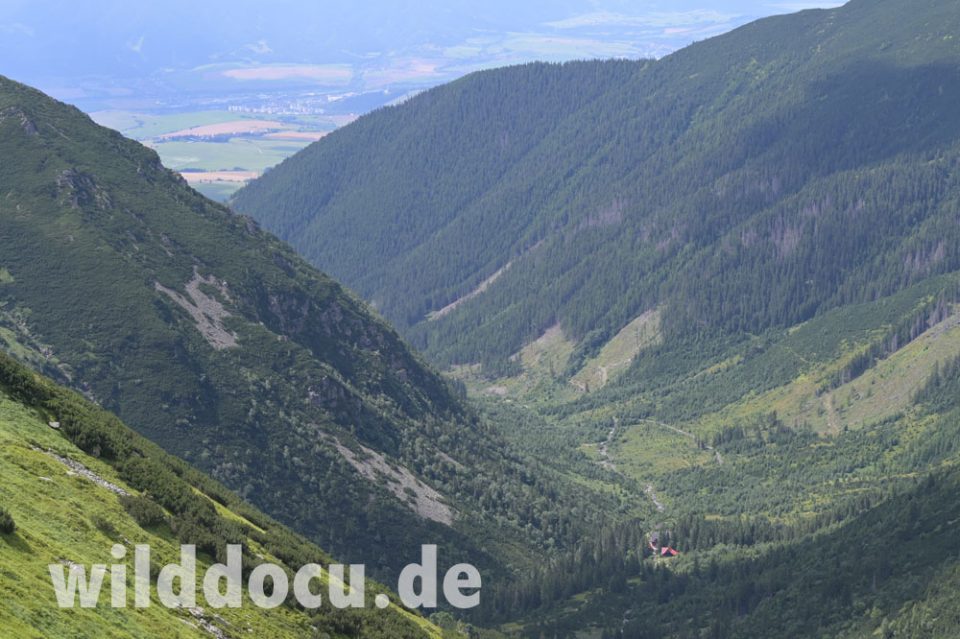
But in the past flowing creek I see twice a Water Shrew (Neomys sp.). It is always amazing how this animal copes with the currents. Once it misses a spot while riding the waves, it uses the next eddy to scramble on land, run back and then swim the same passage again. I find it fascinating how they are in control of each situation in this dangerous-appearing environment. But I have no idea how they can detect their prey in these turbulent waters.
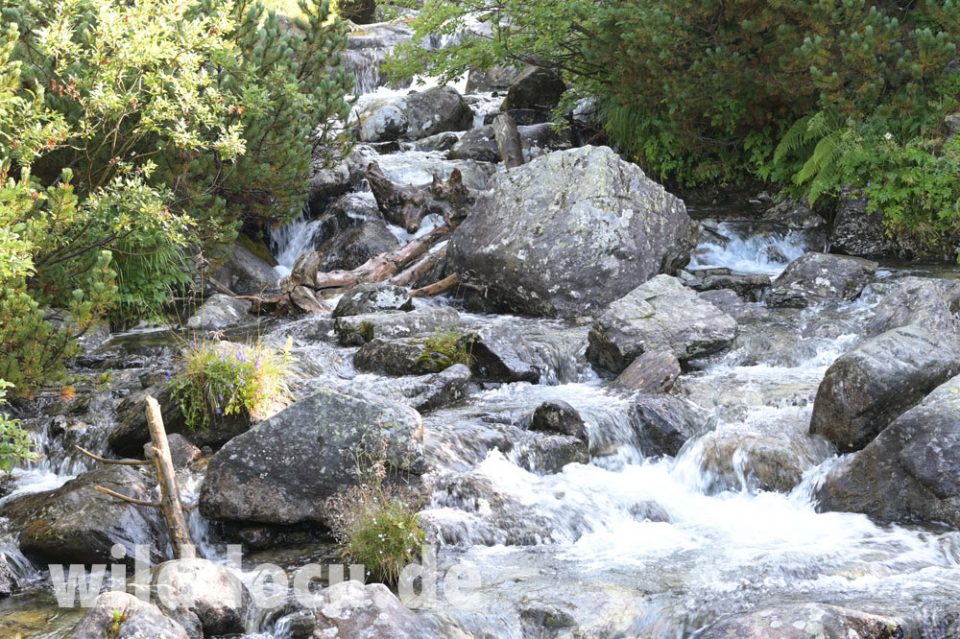
On a small clearing above Žiarska Chata, I watch a bat flying back and forth, lower than the tips of the surrounding spruces. When I turn on my flashlight, it seems to retreat into the canopies. My bat detector says: Northern Bat (Eptesicus nilssonii), which makes sense, since this species is typical for boreal and montane forests.
3.8.: I go patrolling the area between 6 to 8 before breakfast. I find a Red Deer female with a calf in one area above the cabin, where I had seen it yesterday – most likely the same individuals. Red Deer deploy different strategies to avoid predators. Moving to alpine areas to get better overviews is one.
There are many blueberries, but I can’t find any bears on the opposite site of the sparsely forested valley. Either the bears are further down or they avoid the valley completely because of all the hikers.


Avian highlights of the morning include Common Crossbill and Common Whitethroat.

After breakfast I hike to the pass of Smudjĕ sedlo. Just behind it I find three, later four, very cooperative Tatra Chamois (Rupicapra rupicapra tatrica), with which I spend the rest of the day. Facts concerning Tatra Chamois you can find in my Caprinae World.



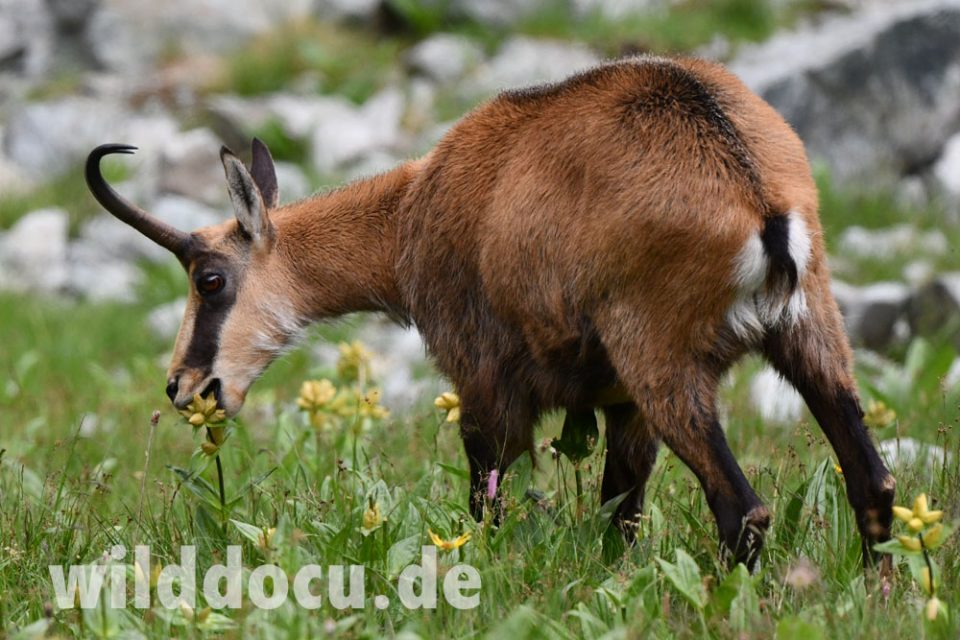
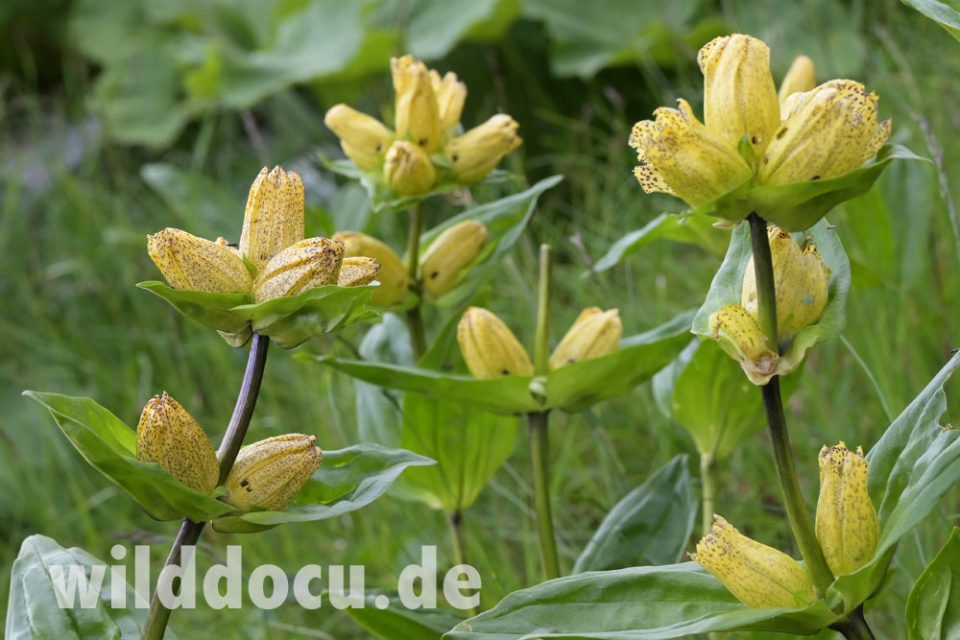
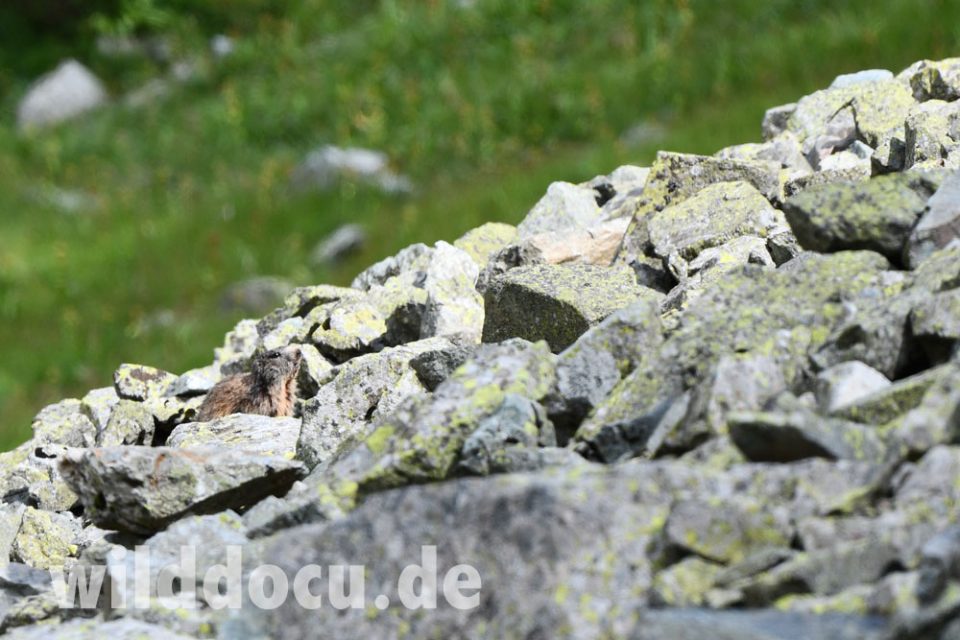
I also hear and see a distant Alpine Marmot (Marmota marmota). On the way back I check suitable habitats for Tatra Snow Voles (Chionomys nivalis mirhanreini) – without luck.

In the valley above Žiarska Chata I detect my Red Deer again – about 1 km away.
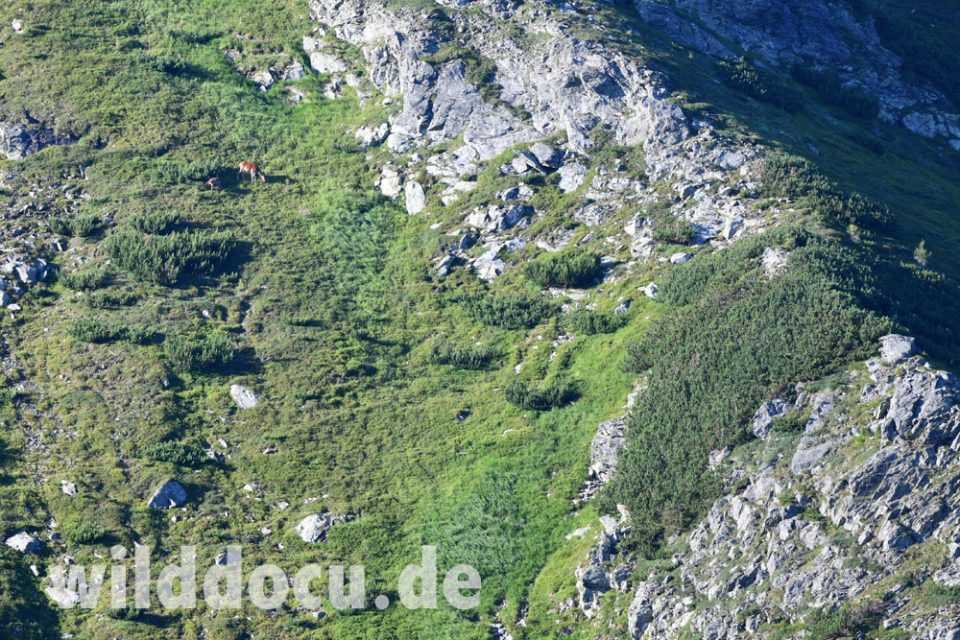
My thermal imager indicates there is also something smaller nearby. Maybe an ambushing predator?



After dinner I sit by the creek and wait for the Water Shrew to show up again. No luck.
4.8.: It rains, so I take it easy and stay at the lodge. After breakfast (three Wiener sausages with mustard and ketchup!) I hike down to my car. During the hike a Roe Deer (Capreolus capreolus) cheers up my thoughts, while I sadly notice that people here obviously make clearcuts in the forest. I believe the area is within Tatra National Park, but I later find out, it’s not.
Next stop: Spišský hrad – Spiš Castle – a World Heritage Site and one of the biggest European castles by area (41426 m²). The internal space harbours a small population of European Sousliks (Spermophilus citellus). According to an employee they were placed there as a compensatory measure, when the nearby highway D1 was built, which led through souslik habitat.

You don’t see the ground squirrels right away, and they react quite shy, when you move. But with patience one can approach them as close as one metre.
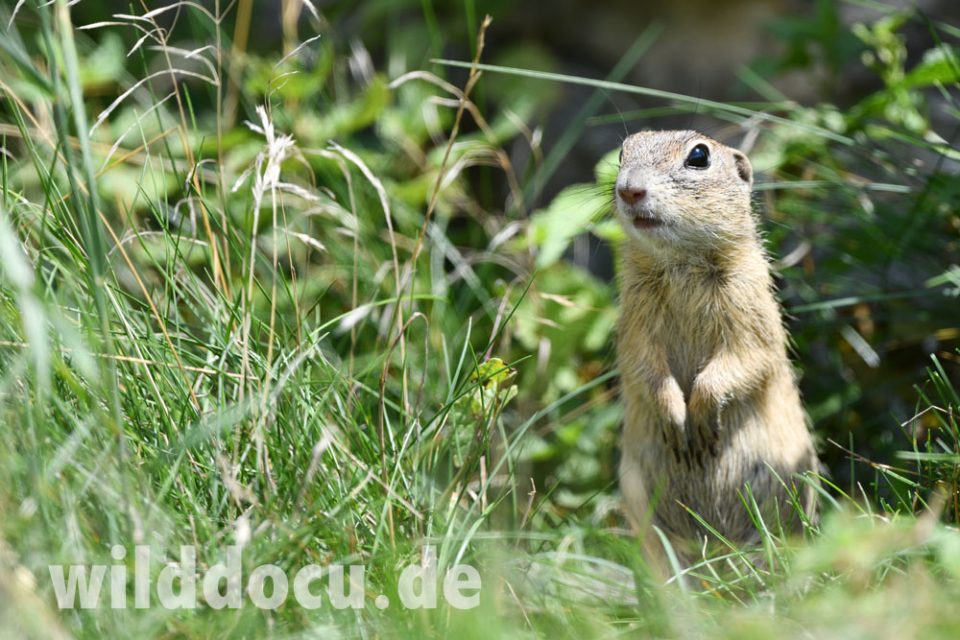
Next stop: Národný park Muránska planina (Muránska planina National Park): The core of the national park consists of a limestone and dolomite plateau with karst formations. The surface of the plateau is relatively flat and located between 900 m and 1400 m. The plateau is dotted with numerous abysses, caves, sinkholes, karrens and springs. One of the main wildlife highlights and tourist attraction is the Squirrel or Souslik Meadow – THE place to watch Sousliks in Slovakia, if not in all of Europe. They are all over!

I here quote some content from an information board concerning the Souslik: “Reintroduction of the ground squirrel started in 2000, and the source locality was the airport in Kosice, where in contrast they tried to eliminate rodents throughout the airport. The ground squirrels were also threatened and they were transferred to the territory of Muránska Planina and Slovak Karst National Park. A stable population of ground squirrels was established in 2002 and since that year it is increasing. The site was grazed by bovine cattle and the condition was satisfactory. In 2003, the Revucka dairy was closed down and the site ceased to be grazed. The population of the ground squirrel, which had about 500 individuals in 2003, fell to below 50 in 2004. The site became deserted, it was mulched and started to grow over with bushes. In the year 2005-2010, the site was mowed by volunteers, but this was not enough and the ground squirrel barely survived. Since 2011, there is an electric fence, behind which donkeys graze the field, and during the summer the surrounding area is grazed by cattle and sheep. In 2011, there were only 12 ground squirrels. In the spring of 2018, the population was estimated at 1000 individuals. As a result of grazing, the ground squirrel population is growing and spreading to the surrounding meadows and pastures.
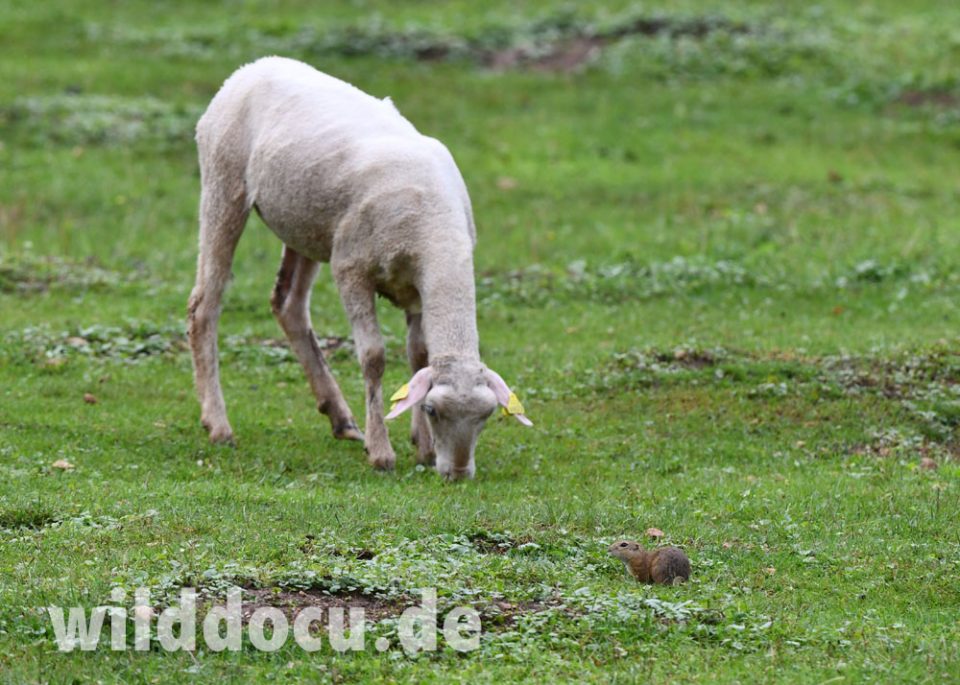
The ground squirrel is active in the season March-September after sunrise – roughly from 8h to sunset at about 18h. It is active in nice weather, the highest activity in on sunny days. During rain and strong winds, you will not see it, or it will only run very quickly from hole to hole.

The Squirrel Meadow is a major tourists attraction with hundreds of visitors coming each day during the holiday season. I have to park my car hundreds of metres down the road, where countless vehicles are parked nose to tail.
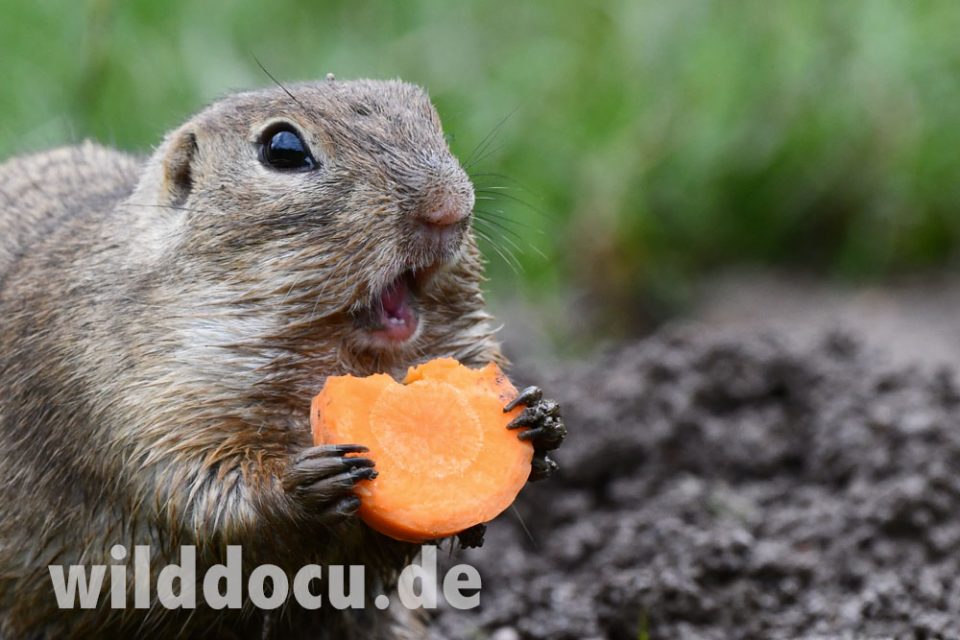
One can imagine that such an abundance of a potential prey species attracts predators. According to the information board the Sousliks here are hunted by wildcats, foxes, badgers, polecats, weasels and stoats. Avian predators are mainly Goshawks, Golden Eagles, Imperial Eagles and Saker Falcons (but last recorded nesting in 1997). Occasionally it is also hunted by Common Buzzards, Kestrels, sometimes even by Ural Owls. The most successful hunter of Sousliks at Muránska Planina is currently the Raven.
With all the people around, I don’t expect to have good chances seeing any predators, so I wait for the night. What also lets me feel confident for a night-time mammal show is the leftovers – carrot slices and whatnot, that visitors feed to the ground squirrels during their stay.

With the onset of night the show starts with a fox, with many to follow. I just sit or stand calmly at the edge of the pasture and watch them through my thermal imager. Occasionally I switch on my flashlight. Some foxes react very nervously, while others seem not to mind my presence and the light. I also experiment with my red-filtered torch. I usually use it while sneaking up, holding it in one hand while holding my thermal imager in the other. Surprisingly it seems that foxes are capable of seeing red light as well.
What also surprises me: There is a sheep secluded from its herd. I become aware of it already during the day. It seems injured or ill. Several foxes come by, but obviously the sheep seems to be irrelevant for them.
Besides the foxes I notice one mustelid. But it doesn’t stay in front of me on the pasture, but passes by behind me. It is gone in a second – not enough time to id it. On the rodent-side I see – still at daytime – a Bank Vole (Clethrionomys glareolus). At night is is mainly Apodemus mice, that get the leftovers.
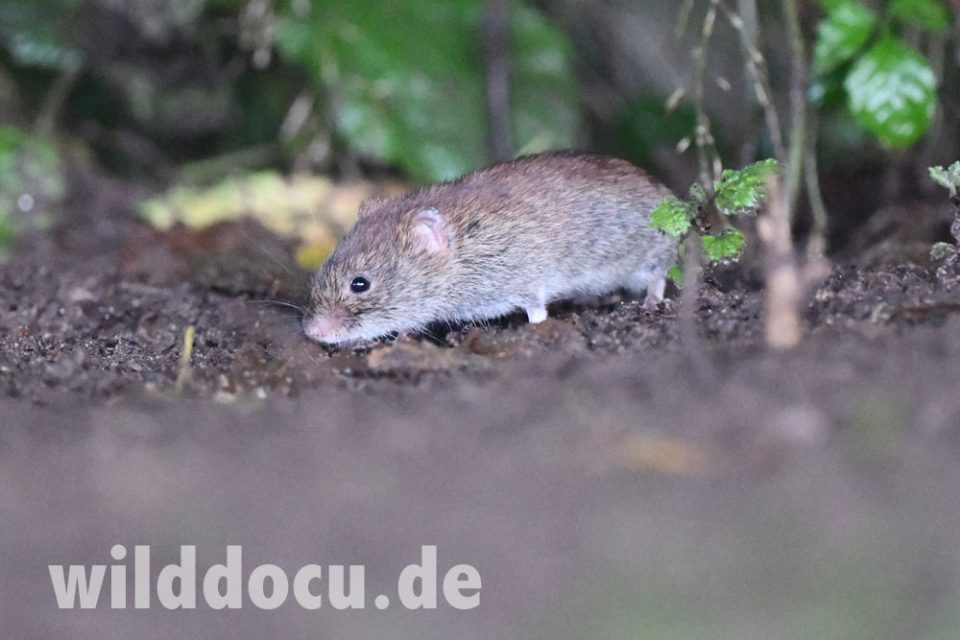

In tall herbaceous vegetation near the pasture I find Harvest Mice (Micromys minutus). In the past I have successfully lighted up and photographed this species, but these ones drop instantly to the ground, as soon as I switch on my white light.
At around 1 am I leave the site to go back to my car. In the beam of my flashlight I notice a square-built man 100 metres away, standing at the forest edge. I don’t feel like talking to him or just going asleep in my car. So I drive to the next village, where I find a site to sleep at a picknick place. I am up at 5 am again. The foxes at the Souslik meadow are still around. It starts to rain, and I am gone before the first Sousliks appear.
Slovakia is great. Hungary is next.

